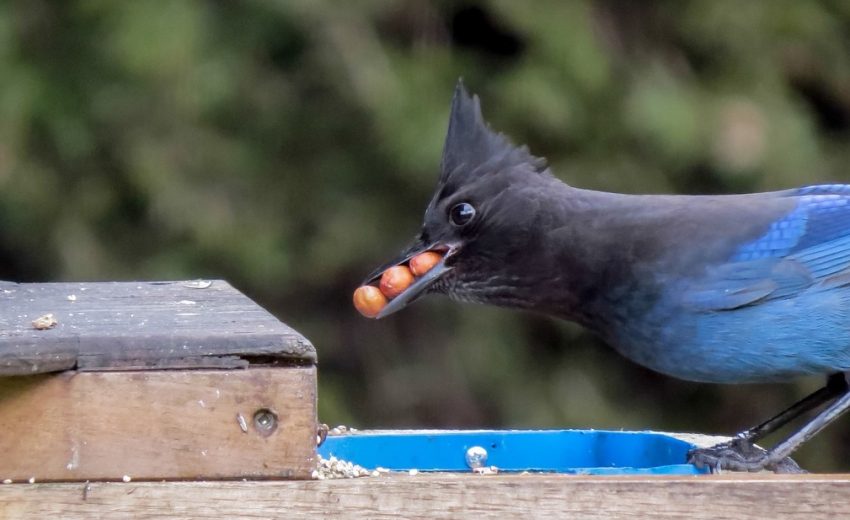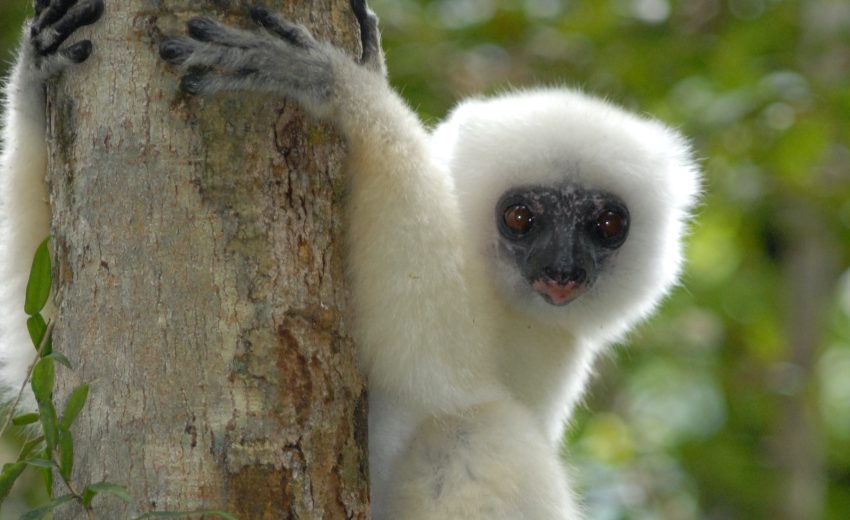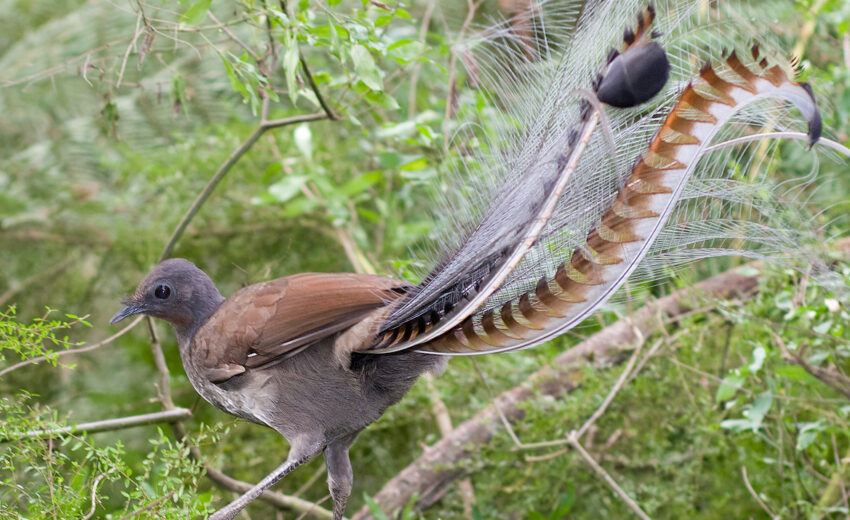The Peters’ dwarf frog can be found in Amazonian Colombia, Ecuador, and Peru. Taxonomy and classification of these frogs is always changing due to the continual evolution of behavioral isolation and rapid speciation (the formation of new and distinct species in the course of evolution) in the region.
- Zoology
- Daily Critter Facts
- For Teachers
- Study Guides
- Diseases & Parasites
- Contact





